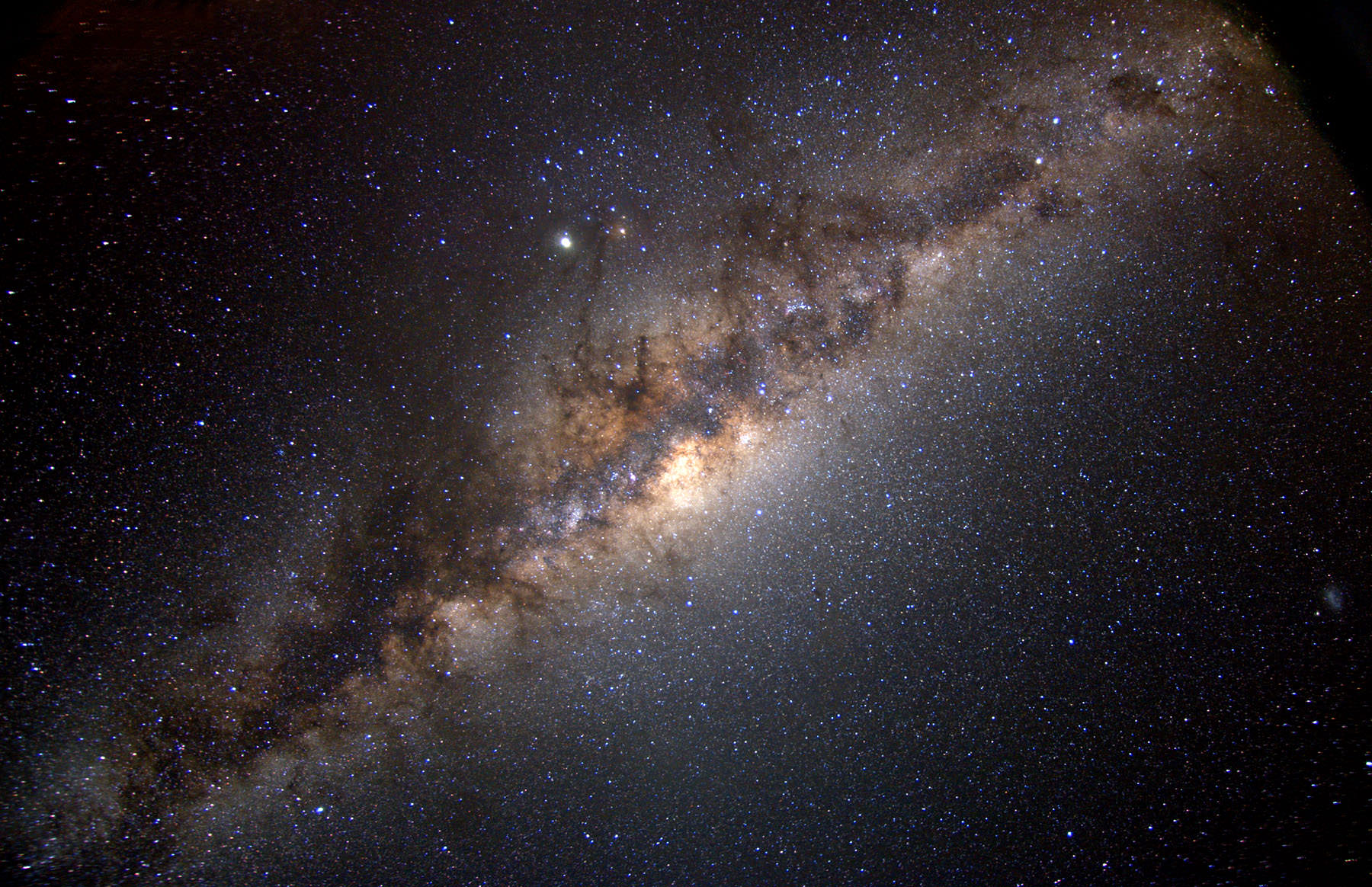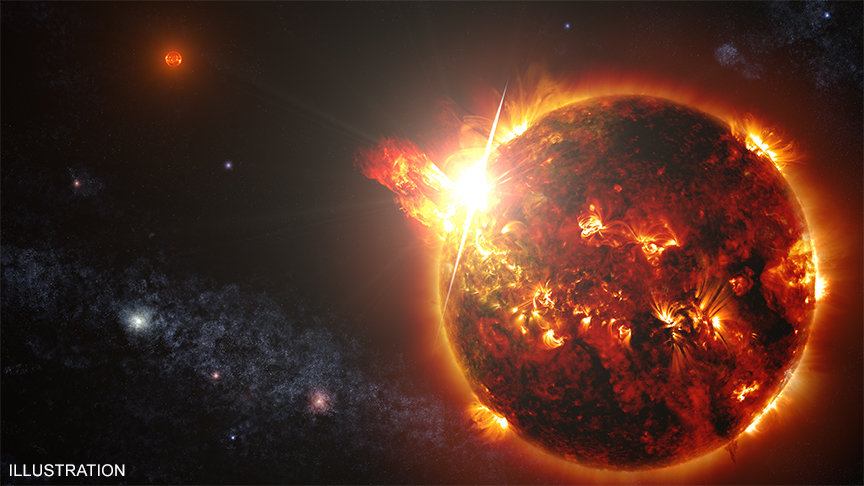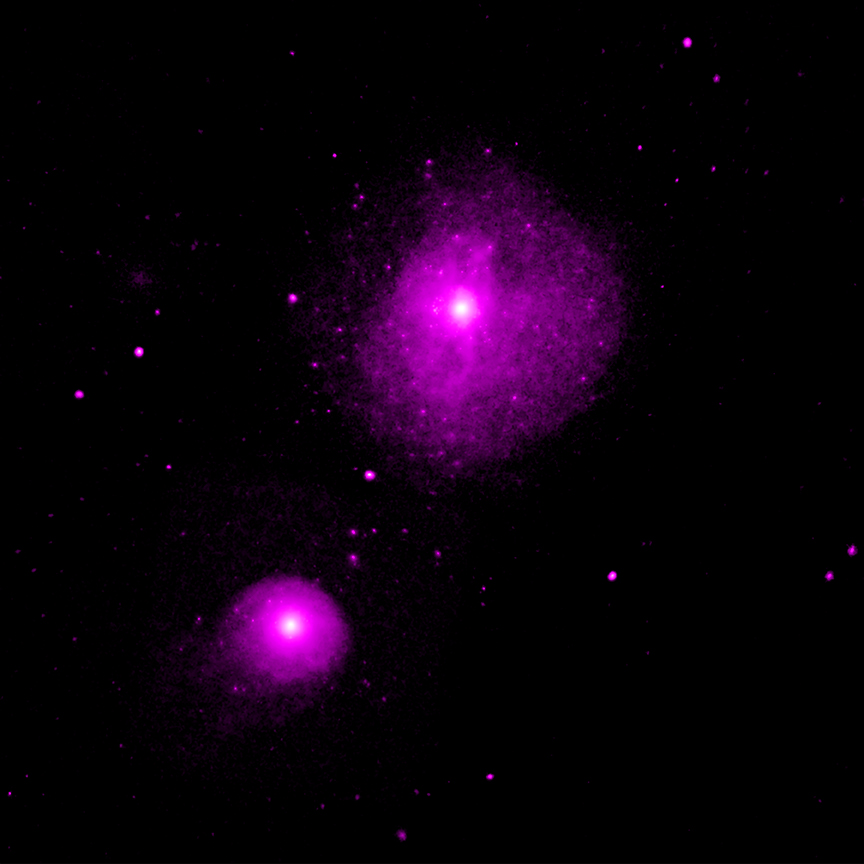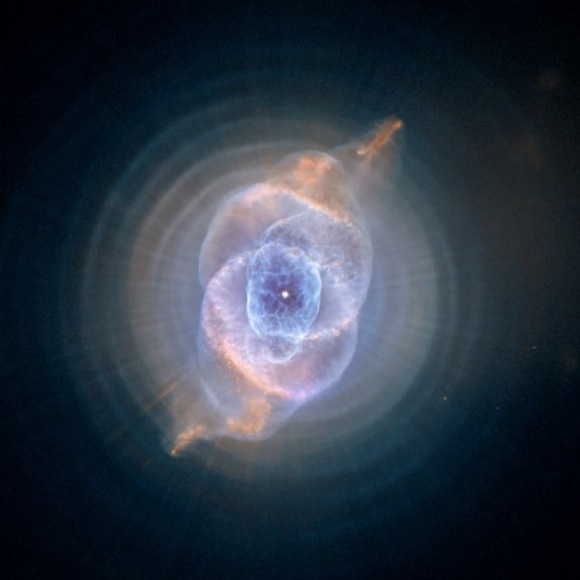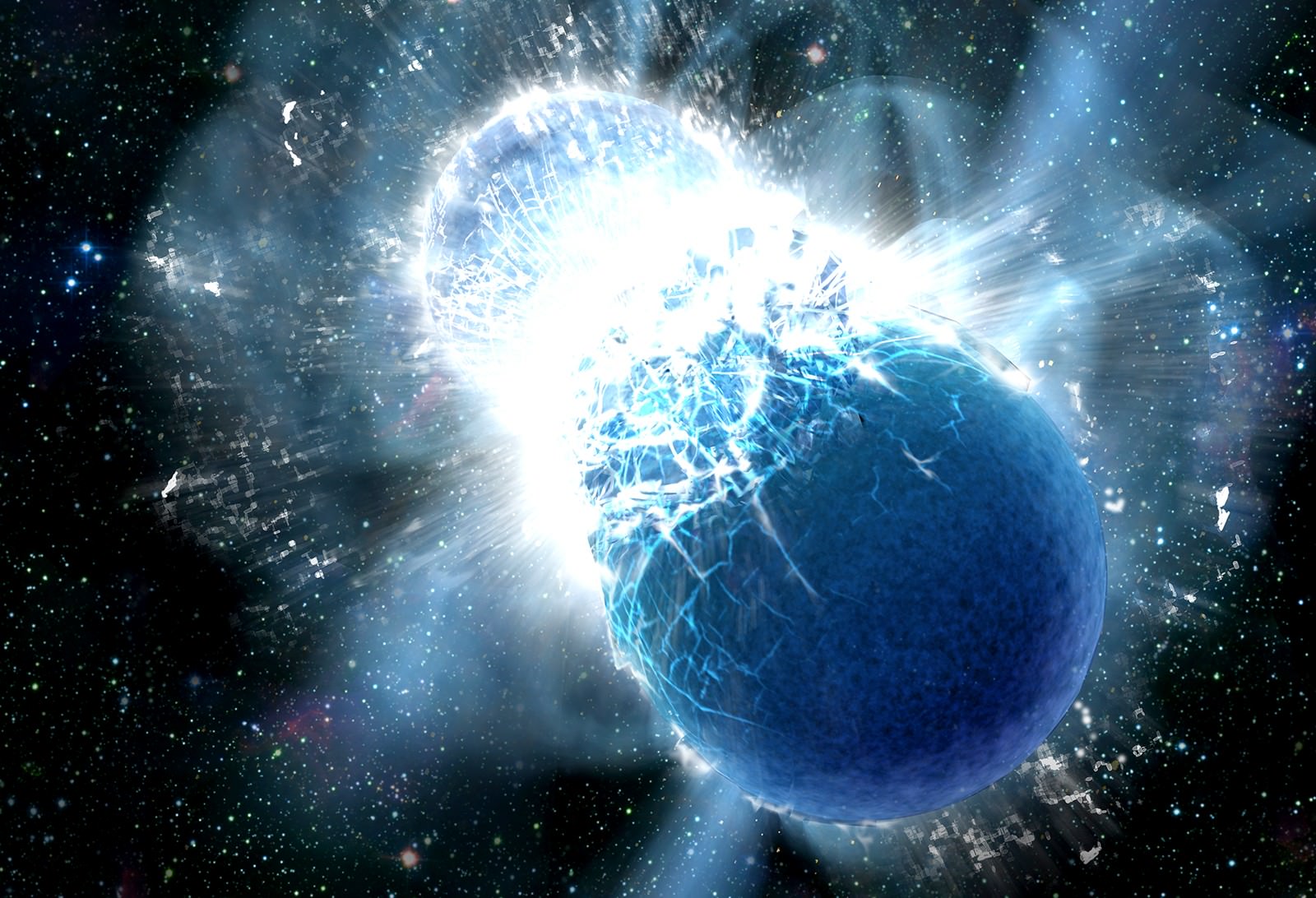Despite all we know about the formation and evolution of the Universe, the very early days are still kind of mysterious. With our knowledge of physics we can shed some light on the nature of the earliest stars, even though they’re almost certainly long gone.
Now a new discovery is confirming what scientists think they know about the early Universe, by shedding light on a star that’s still shining.
Continue reading “Traces of One of the Oldest Stars in the Universe Found Inside Another Star”
